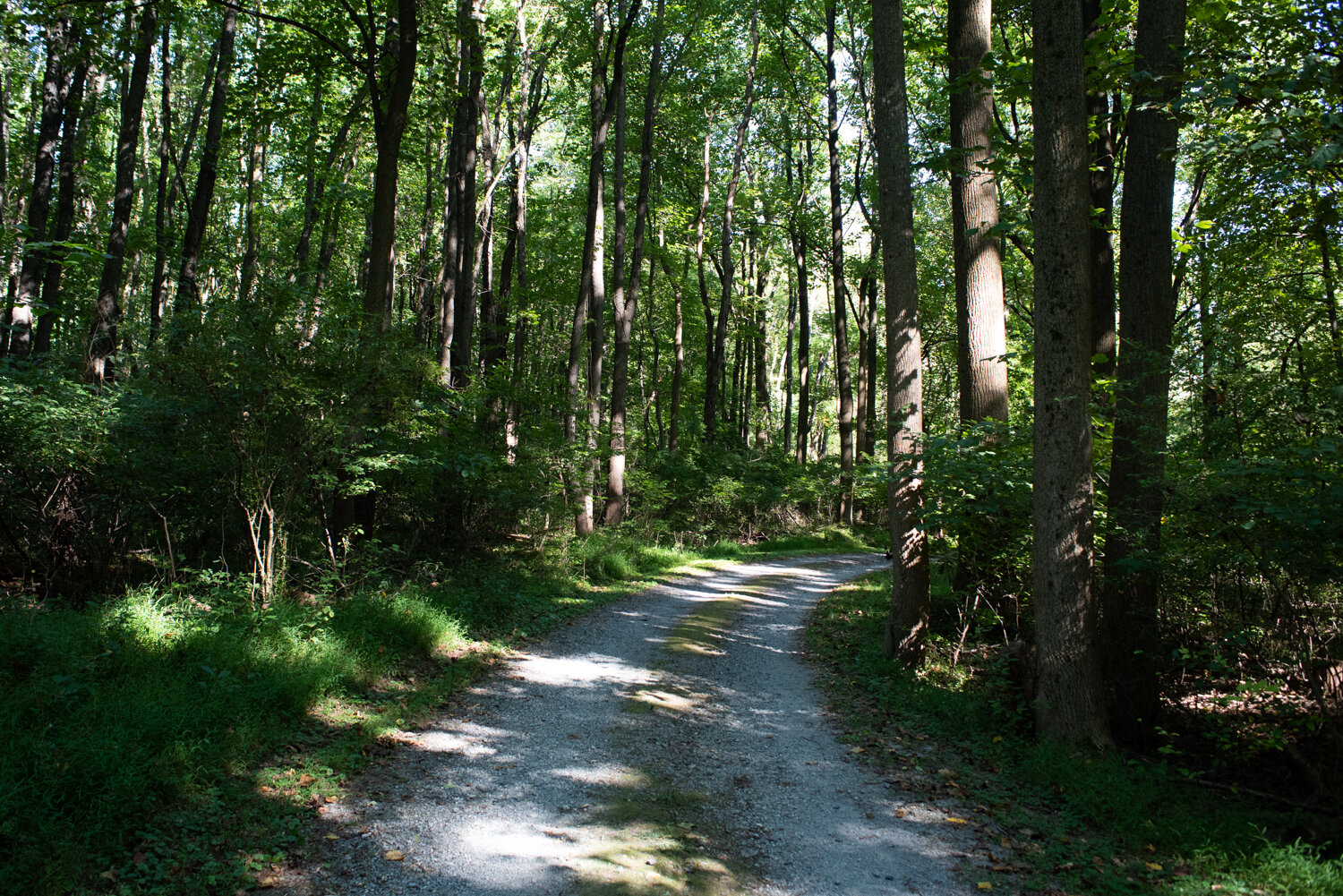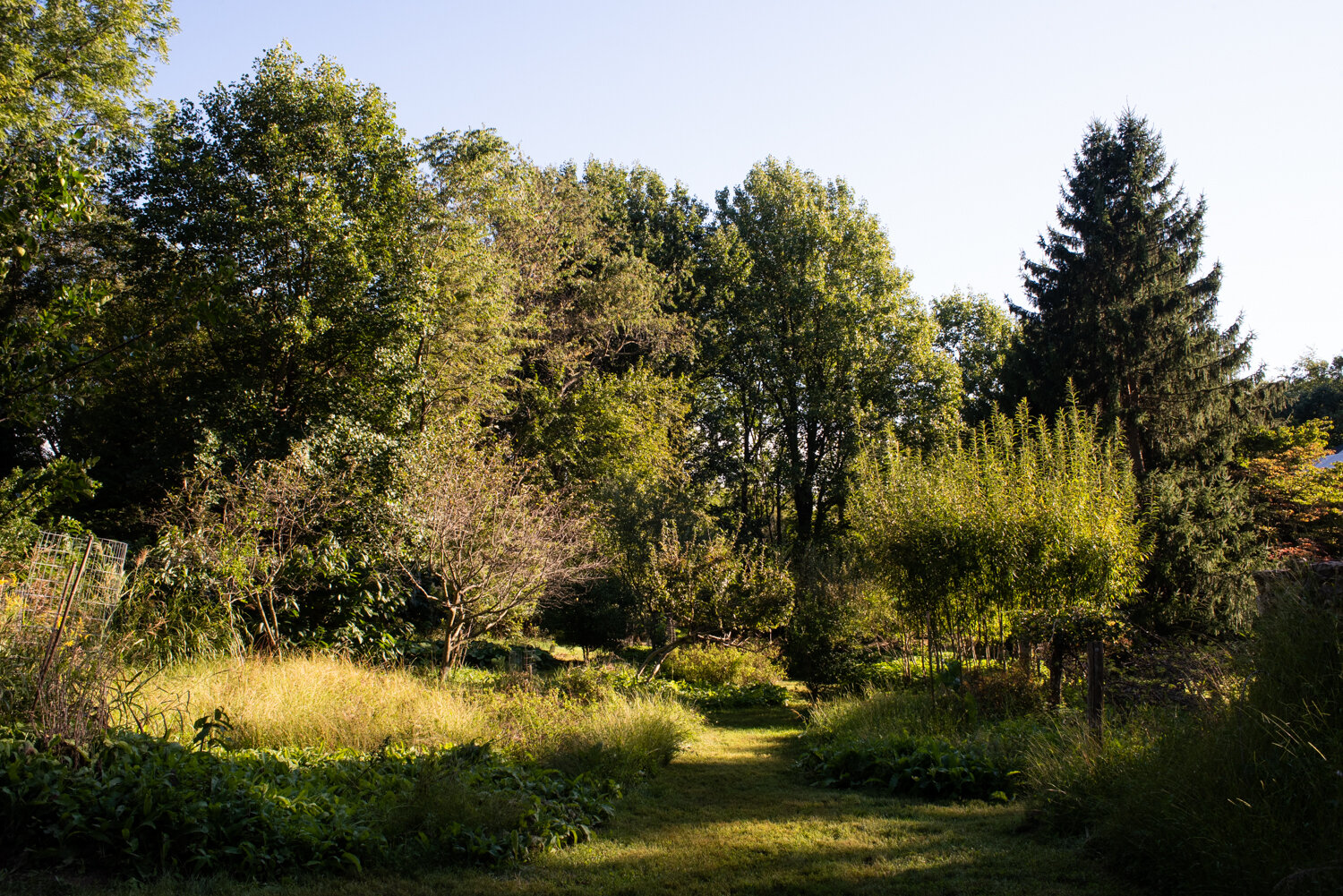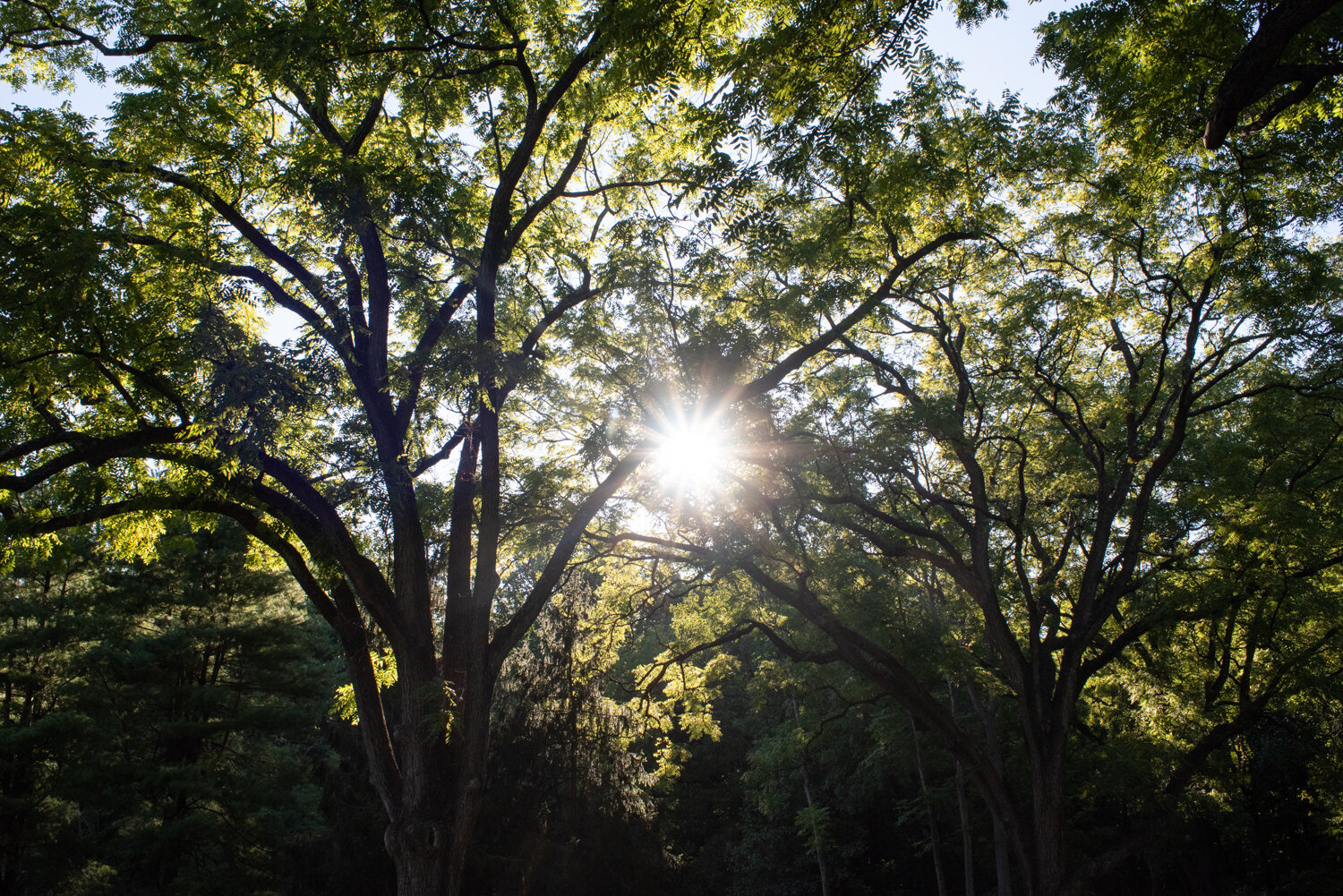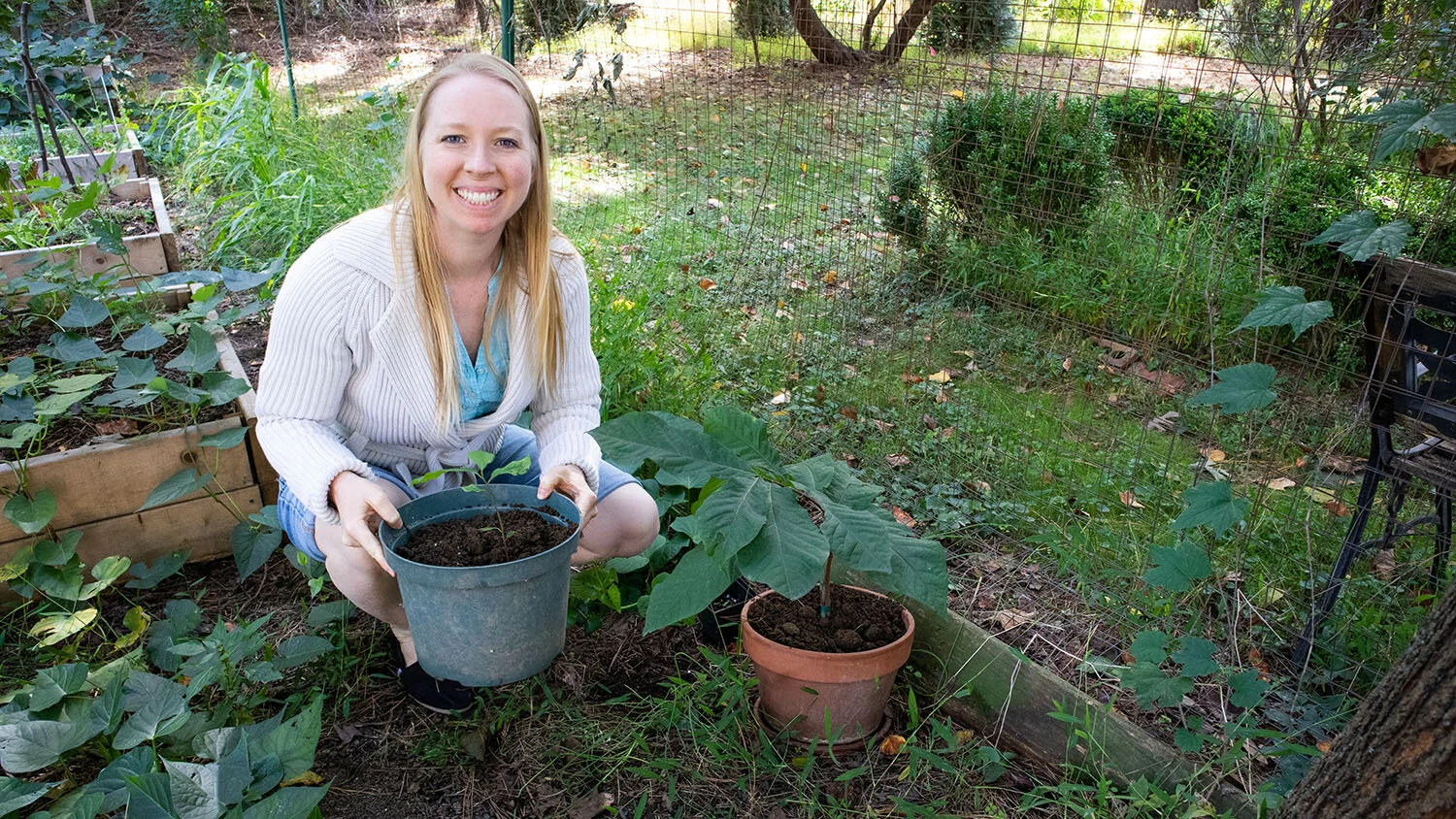Pawpaw Talk 2020
Disclaimer: This post contains affiliate links, through which we earn a commission.
Last year I made a video and blog post explaining what a pawpaw tree is and if you haven't seen that one yet, then please be sure to check it out. But today I want to share the exciting news that since recording that video a year ago, I have become the proud plant parent of two pawpaw trees! I purchased the bigger one from Edible Landscaping just over a year ago and planted it in a pot. Since it’s native to our area, I let it overwinter outside without any protection. After it shed its leaves last autumn, it looked really, really sad. I thought for sure it was not going to survive. But much to my amazement, the leaves grew back in late-spring. I’ll still have to wait 5 or 6 years before the tree will be ready to produce any fruit. I grew a smaller plant from seeds that I saved from a pawpaw fruit last year. I did some searching on the subject and followed the instructions to put the seeds in a resealable sandwich bag, with damp coconut coir. The bag sat in my refrigerator all winter and I checked on it periodically to make sure the coir was damp. I planted the seeds in little pots in the early summer. Most of the seeds didn't sprout and some were confiscated by squirrels, but one seed actually grew! Yay! Although it’s best to plant the trees in a permanent spot in the ground, I have mine in pots for now, in the event that we move in the next few years.
Also on the subject of pawpaws, I attended the Paw Paw Festival that I'd mentioned in my previous blog post. The festival is organized by permaculture and ecological design expert Michael Judd, at his home at Long Creek Homestead, in Frederick, Maryland, which includes 25 acres of woodland and gardens. The festival has a full schedule, with talks on beekeeping, local grains and sourdough bread, permaculture and plant tours, along with vendors, fun for kids and pawpaw tastings. I only made it out to Frederick toward the end of the event, so I opted to listen in on a talk, rather than go for the pawpaw tastings. But the landscape and greenery were so beautiful that it made the trek worthwhile. Parking was in a nearby church lot, with a walk through the woods along a gravel road that opens up into a lawn with a massive walnut tree and a swing hanging from a tall branch. Kids were swinging from the swing and running around, while the adults were hanging out and enjoying the glorious autumn sunshine. I learned a ton of interesting information about various wild edible plants during a plant walk guided by Eric Joseph Lewis.
I've been really curious lately about stinging nettles and it happened to be the first plant discussed on the walk. I learned that it should be handled with gloves to avoid any stinging sensations. It can be harvested generously and shouldn't be eaten after it goes to seed. Even more fascinating was learning that the stalks of nettles are used to make a textile called ramie that is luxuriously soft. Convinced by how great a plant the nettle is, I purchased a packet of seeds from the Hudson Valley Seed Co and I’m eager to plant them next year! I also learned about a plant called autumn olive, which produces edible berries. This one can also be harvested generously as it grows so abundantly that it's often considered an invasive plant. Mulberries, a favorite here in the Mountain Road garden, were discussed extensively and apparently the leaves are edible. Additionally, the wood is an excellent renewable source for heating homes with wood burning stoves, because the trees are so resilient and will grow back when generously pruned or cut down. And while on the subject of edible tree leaves, I learned that sassafras tree leaves are also edible and were once used as an ingredient in root beer, but then arbitrary laws banned its use. However, the leaves contain all kinds of health benefits, an excellent source of calcium and an appropriate ingredient for sore throat remedies. Lewis also recommended the book Botany in a Day: The Patterns Method of Plant Identification, by Thomas J. Elpel. And be sure to also check out the book written by Michael Judd, titled For the Love of PawPaws, especially if you’re planning on growing your own trees. And if you’d like to find out more about permaculture, he also has a book out called Edible Landscaping with a Permaculture Twist. Just a friendly reminder as always that whenever out looking for wild edible plants, be completely certain that you have identified the correct plant before taking a bite. And once identified properly as edible, eat only a small amount at first, to make sure you don’t have any allergic reactions.
I really enjoyed observing the beautiful landscape and all the interesting plant life. And the home at Long Creek Homestead is certainly a sight to behold! Anyone interested in learning more about local plants should definitely check out the festival next year. The community at Long Creek is a wealth of information and I am grateful for the opportunity to visit and glean from their knowledge.
So that's all for this year's pawpaw talk. I'm not sure when I'll have a next update, since my plants still have a long way to go before I'll be able to harvest any fruit from them. But be sure to check back for all kinds of topics related to living a healthy, sustainable and nontoxic lifestyle! And tell us, what’s your favorite wild edible plant?
- Christin















